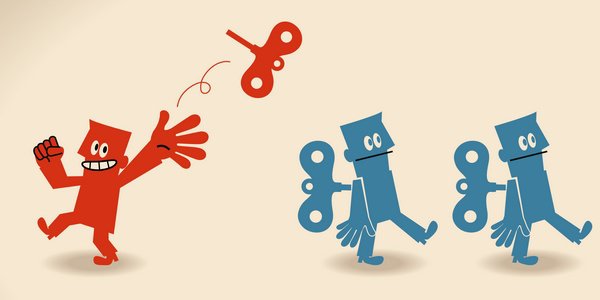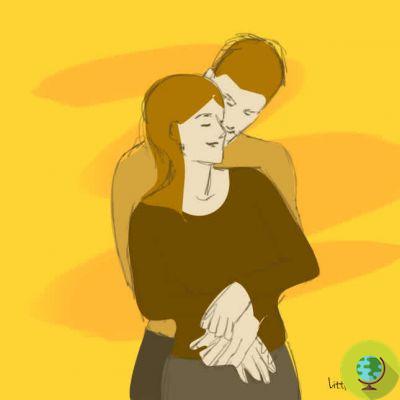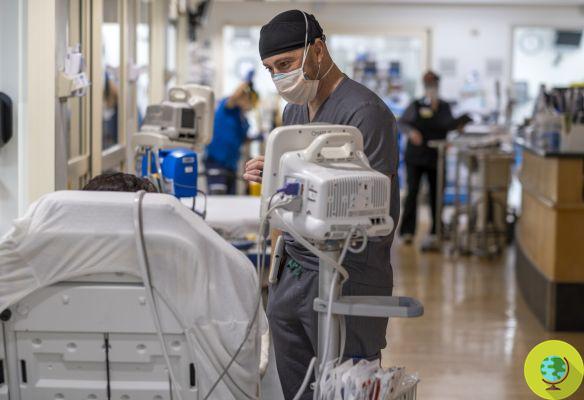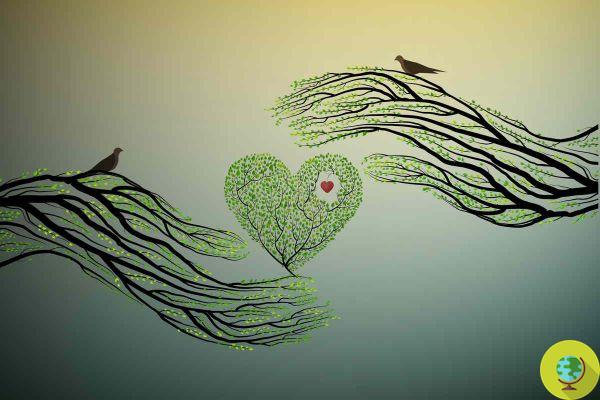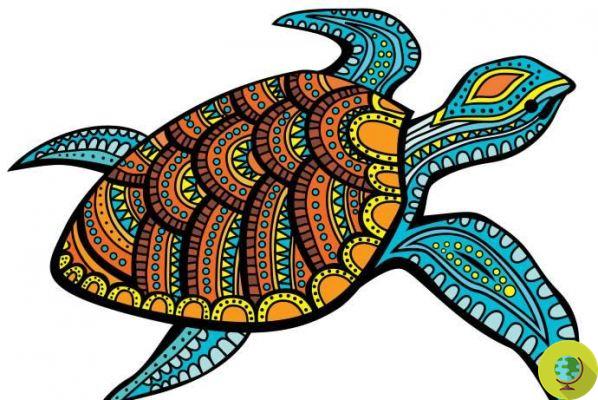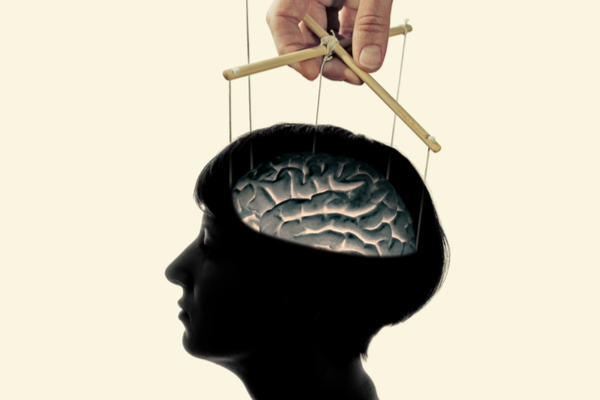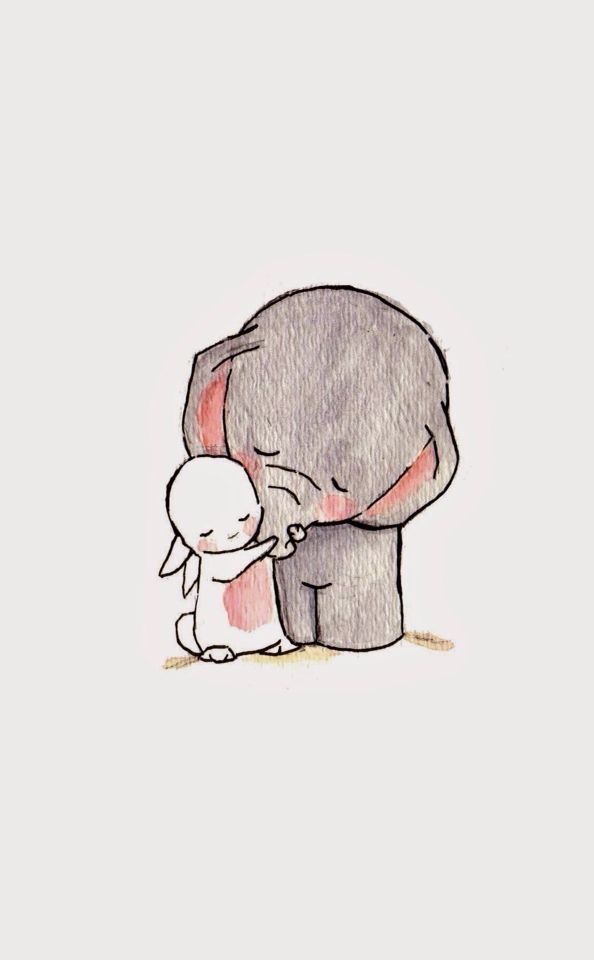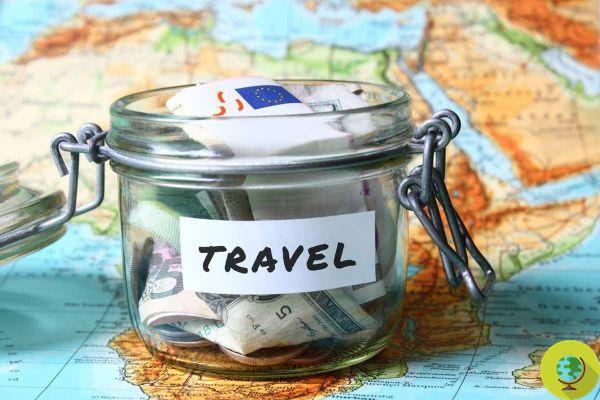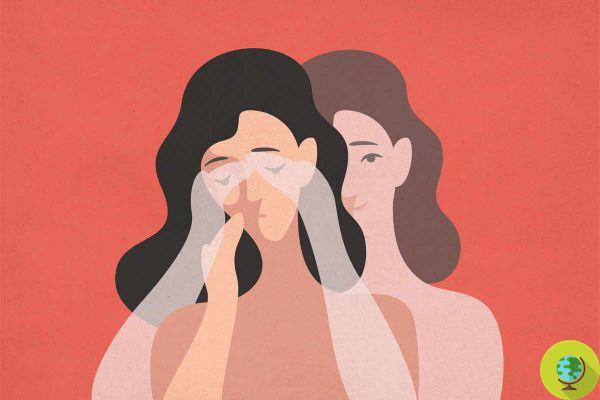What are the secrets of body language? And what does each individual attitude mean?
Do not keep the avocado like this: it is dangerous. The body is able to communicate, even unconsciously, precise emotions and attitudes. A real language to be discovered. Here are the tricks and what to pay attention to with our interlocutorIl body? Sometimes it says more than words express. She has her own language, its code, its precise expressions that communicate without the need for large infrastructures. Eyes and face, hands and arms, legs and feet, but also the head, the torso and the stance in general: the not verbal communication it has infinite facets which is not really that complicated to understand. What are, therefore, the body language secrets? And what does each individual attitude mean?
Before knowing the different meanings, know that according to the leading expert in non-verbal communication, the American psychologist Albert Mehrabian, only 7% of what we communicate - especially in a one-to-one relationship - go through the contents, 38 % reaches our interlocutors through the paraverbal communication, that is through the way in which we use the voice (intonation, speed, modulation, pauses…), while as many as 55% go through all body language (graph below), through which, that is, our whole body is able to express with gestures and so on.
First impressions, therefore, would be determined especially by the way we present ourselves and the way we say things rather than the verbal content itself. Would non-verbal communication therefore represent the best way to grasp the real message that in some cases is not expressed? Most likely yes, but beware of bluffs.
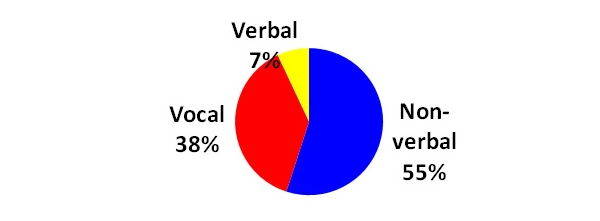
Index
What is body language?
By definition, body language, or the not verbal communication, is it exchange of communications between two or more people which excludes the use of words. It is therefore an unspoken communication that we use more than we think.
Body language is in fact almost always one reaction to emotions, for which it is born of the unconscious and instinct and, as such, is to be considered out of our control: many body expressions cannot be controlled, such as to blush suddenly on the face or suddenly becoming pale, or even suddenly having sweaty hands from a feeling of discomfort.
Against, there are aspects of body language that can be kept in check and this is especially easy for those who are "skilled" liar.
The first language studied was that facial, so much so that the most important work was that of Charles Darwin of 1872 "The expression of the emotions in Man and Animals". Many scholars then gradually became interested not only in facial and whole body mimicry and the fact that some emotions such as anger, sadness or happiness are shared equally by all, but also by those gestures different from culture to culture and to those gestures that change with the advancing age of man (from children to adults even the language of the body changes).
Curious ?!
- Ok: the typical sign of "OK", for example, over time has taken on the meaning of "all right" in all English-speaking countries. But there are some countries like France where the "OK" sign takes on the meaning of "zero" or "nothing" because it would originate from a signal that in the end a battle communicated at a distance "zero kills"; in Japan, however, it means "money"
- Thumb up: in Australia, England and New Zealand it can mean "Ok", but it is also a sign of hitchhiking or even insulting, while in Greece be careful because it is predominantly used in a derogatory sense
- V for victory: the sign of the "V" spread during the Second World War thanks to Winston Churchill as a sign of "victory". In some European countries such a sign it simply indicates the number two, while in others it is a sign of offense
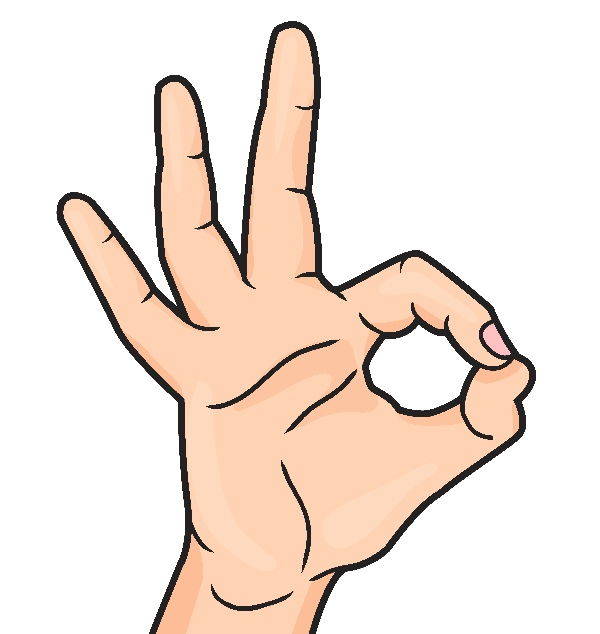
In short, body language has its own grammar and therefore must be read and interpreted respecting as if it were a written book. Let's see below to understand each other a little more.
Body language: the face and head
Eyebrows, mouth, nose, puckered lips, red cheeks, ears with back hair. The face speaks more than you think. Our liking towards our neighbor or towards situations passes from here, from the nerve center of our body which not only gives signs of pain, joy or disgust, but also of attraction and repulsion.
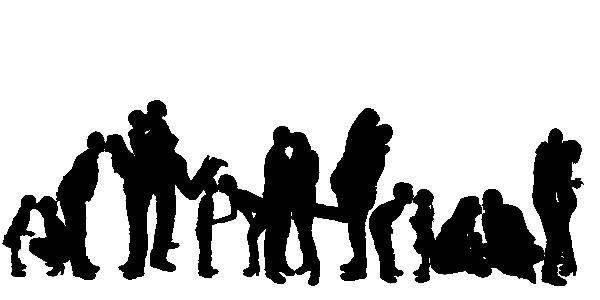
- Eyes and eyebrows
Normally a person blinks 8-10 times per minute e if suddenly this frequency increases there is a new emotion lurking. Instead, you squint if you are trying to focus on something when you are in disbelief or in trouble.
Attention to pupil, which dilate when you feel pleasure and shrink, instead, in front of an unpleasant thing or when you are telling a lie
Le eyebrowsinstead, they both tend to rise to emphasize a speech being delivered or as a greeting. One is raised as a sign of skepticism, while the internal corners are lowered towards the center if one gets angry or when it is difficult to understand something
- Bocca
If there is bites her lips you are almost certainly trying to calm a sense of anxiety when you are nervous or when you are in trouble. Bringing your lower lip over your upper lip means you are unsure about something
Bring the lips on the outside and curl them it has a double meaning: it can express disagreement with what is heard or express romantic or sexual desire and interest
Tight-lipped smile: it is seen as a courtesy gesture used by those who do not feel really happy and at ease
- Nose
If while we are speaking our interlocutor yes scratch your nose repeatedly most likely what you are saying is causing him a lot of tension
- Ears
Scratch o massage yourself the ear or surrounding area refers to an inhibited sex drive. It seems that, if you scratch your right ear, it means that we are the ones to ask ourselves some qualms; if you scratch, the left one would be the counterpart not to show interest
- Cover your face
Does your interlocutor cover his face? Your speech most likely has bored and is distancing itself. But if the other person covers his face or even just his mouth while he is talking, he may be lying
- Changes in pigmentation
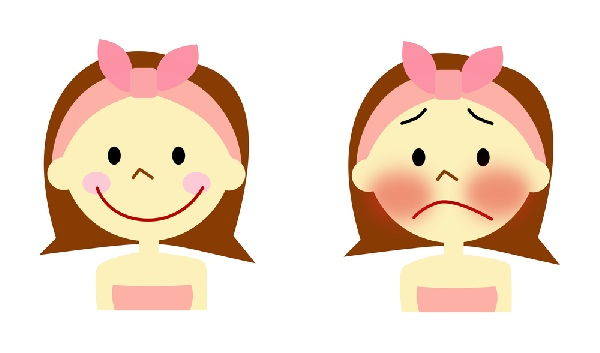
Redness sudden? A lie or, in any case, the signal of an emotionally stressful and embarrassing situation
- Shaking of the head
To affirm or deny, according to Darwin the gesture made with the head to affirm is reminiscent of the sucking movement of a newborn. On the contrary, the "no" would be the refusal of breast milk. Shaking your head can also indicate disapproval against a situation you don't like
- high head
Safety, pride and pride: the person "with his head held high" is not afraid of what he is saying or who is in front of him. However, if you look up together with your head, it is boredom
- Head down
Strengthening of a negative feeling and of poor security and the gesture could also be accompanied by shoulders raised as a sign of "defense". If, on the other hand, he lowers his head while keeping his gaze straight with raised eyebrows, it can mean disbelief
- Head tilted
Tilt your head to one side indicates attention or that you are comfortable. Tilting your head is also a sign of seduction, showing the neck as a vulnerable part.
Body language: the torso
Bust, with attached shoulders and arms. The vademecum to recognize the "encrypted messages" of these parts of the body:

- Bust
Leaning your torso towards the person you are communicating with demonstrates interest and culture present in western Sicily "., because less distance is created. On the contrary, moving away, tilting the torso backwards, is a sign of dislike.
- Back
Push your shoulders back and the out chest shows confidence in dealing with a situation. In reverse, hunching the shoulders inward is a sign of defense. The classics "shrugs”, On the other hand, when they raise and lower their shoulders, they indicate something that is not known or that is not of interest
- Arms
We typically use our arms to emphasize the words we are saying.
Put the hands on hips with elbows out or - while seated - putting your hands behind your head and spreading your elbows is a declaring gesture safety. Bringing your arms behind your back with your hands clasped is also a sign of safety
Insecurity or discomfort, on the other hand, are manifested bycrossing of the arms on the chest, creating a defense barrier.
Body language: the hands
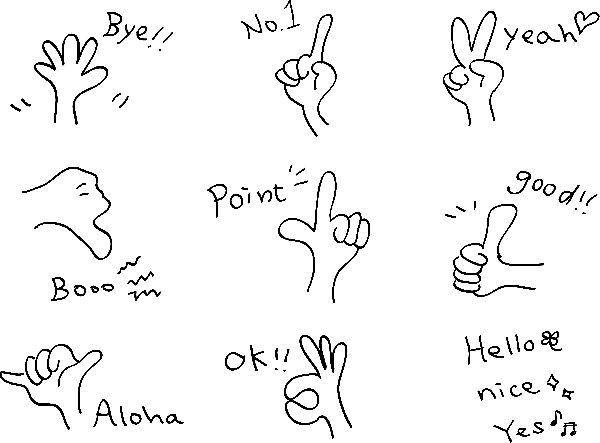
Hands: often speak for themselves. Aristotle said that hands are one branch of the brain. And indeed how many times through them we understand a myriad of things about the other. While we speak we use them practically always and with them we learn things, play, write and say, without speaking.
- Hands still or moving
When you are comfortable, the hand movements are wider and more frequent. On the contrary, the tension is betrayed by a very reduced gesture
- Hidden hands
If behind your back, under the table or otherwise hidden, it means that we are not exposing ourselves completely. But if a woman is holding her hands behind her back, she might express towards those in front of her
- Hands wedged or closed in fists
Gesture of someone who is very confident and who wants to show their own superiority intellectual
- Crossed hands
They reveal tension and the more the hands are intertwined towards the upper body the more the nervousness is cut into slices
- Hands firmly on top of each other
Feint from the interlocutor who is probably bored
- Hands in the pocket
Informal but also inconvenient, think that in certain cultures, like that Chinese, putting your hands in your pockets is downright offensive. If your hands are tucked into the back pockets it is a sign of hidden aggression
- Rub your hands
Contentment and satisfaction! But watch out: if you feel a sense of guilt, the gesture will appear slower, because there is a mental filter or a possible inner conflict
Body language: the legs and feet
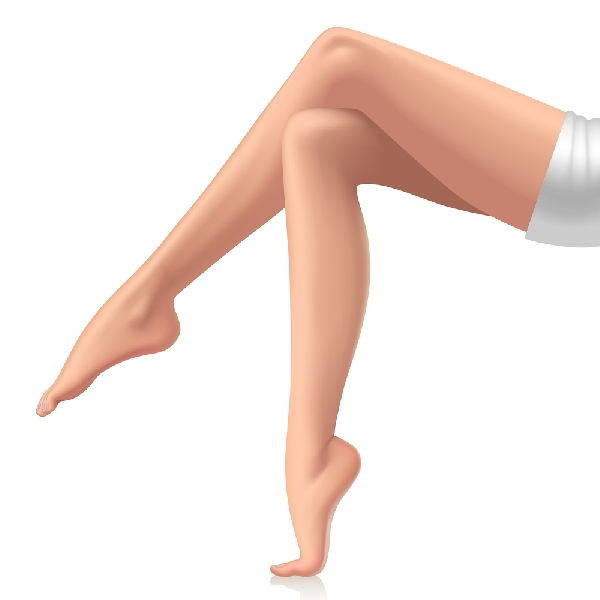
In the collective imagination the legs are a symbol of femininity and charm. It seems that perfect seduction also comes from the right way of crossing one leg over the other. In China and Thailand it would be forbidden to overlap and woe to you if in Arabia you cross or sit so that the soles of your shoes can be seen.
- Legs crossed
It could have the same meaning as crossing your arms, but with a much less negative meaning. Generally, this position is assumed when one feels uncomfortable and it symbolizes a sort of self-protection, the higher the closer the crossing is. A self-protective attitude is however also marked, as we have seen before, by the inclination of the torso forward, by the rigidity of the crossed leg and the suspended foot and by a possible closing of the arms.
- Stand with legs apart
Dominant people, such as ancient warriors in combat, take the latter position
- Standing with closed legs
A typically feminine attitude which, when accentuated with one knee forward, indicates courtship
- A puppy
Bring your knees apart by spreading the ends of your legs and bring your toes inside: this position highlights your weaknesses
- Stand up in a group
When you are in a group, observe who their feet point at each other to understand who is the person that the interest is focused on. For example, if two people are facing each other, they are paying attention to each other. The moment a third person tries to join the conversation, if the two just turn their heads towards the newcomer, the circle will not open and the conversation will remain closed. If, on the other hand, the bodies of the two begin to rotate slightly sideways, almost to create an angle of ninety degrees, then there is an attitude of openness.
Body language: curiosity

Move objects away from you while talking to someone? You want to dismiss the subject or the person. If, on the other hand, there is the eager to dust or sweep dust or crumbs off or off the table it is clear that "you do not want to take on these problems", while it is clear that scratching your head indicates a problem to be solved.
If your interlocutor, on the other hand, he scratches his forehead he is not quite clear about the subject or he is uncomfortable. Also, if you touch it constantly the face is giving rise to an increase in negative sensations, especially to feelings of anxiety or agitation that you try to calm with certain gestures.
Yes scratch or massage the nape of the neck to control anxiety in case of negative feelings or if you forget to do something that was asked. If there is no negative feeling, let us know a tap on the forehead will suffice.
Bring hand to mouth it may mean that you wanted to block but didn't, as well as bring your hand to your eyes it is a way to block information, for example when you receive bad news. The same reaction occurs closing the eyelids, as a rejection of what has been learned.
If you are listening to a boring speech, you would tend to close your eyes, but your body knows that it would be an inappropriate attitude and so you replace it with particularly slow blinking that allow you to keep your eyes closed without anyone noticing.
Body language: the vital or proxemic space
 Photo source: linguadelcorpo.com
Photo source: linguadelcorpo.com
It was the anthropologist Edward Hall to coin the term "proxemics”, To refer to that study of“ how man unconsciously structures microspaces - the distances between men as they conduct daily transactions, the organization of space in one's home and other buildings, and finally the structure of his cities ”.
Not only animals, in fact, have their own territorio but also us human beings. This doesn't sound entirely strange to us, but what may seem anomalous to you is that we humans also tend to protect that territory.
Territoriality is part of us as instinctive mechanism. What is certain is that, while animals struggle in the true sense of the word to possess a space, in the face of a violation of the territory we humans have a less "excessive" reaction and sometimes does not even give rise to action.
The basic distance at which man regulates his relations with others is the so-called "Vital space" or "prosemic". Experts represent it as one soap bubble that surrounds us. If that bubble is "breached" (each breach of the living space extends in any direction for about 70 centimeters - 1 meter), it increases the tension and discomfort.
Have you ever noticed how, if we are in crowded environments where the proxemic space is reduced, we understand that there is no alternative and we tolerate the situation and how, instead, when someone gets too close for no reason we get into conflict? And when we get into a train elthe first thing we are looking for is a place that has no one around?
What is curious is that that bubble it is not spherical but has irregular contours (a violation made from the side creates less tension than a face-to-face one) and varies from culture to culture: it is very small in the peoples of hot countries, it is very large in cold countries. Furthermore, the proxemic distance is also influenced by other factors, such as temperamental (an extroverted person has more a tendency to invade spaces), moods or personal history (think of any violence suffered). Also it status of an individual influences the size of the vital zone: the higher the social position, the greater will be his or her proxemic sphere.
Generally, 4 proxemic distances are distinguished:
- intimate distance: from 0 cm to 45 cm. It is the typical distance that is maintained between the partner and necessarily presupposes physical contact
- personal distance: 45cm to 70cm / 1 meter. Adopted by friends or people who feel attraction to each other
- social distance: from 120 cm to 2 meters. It is a formal distance adopted in relations with colleagues for example
- public distance: from 2 meters to over 2 meters. It is the ability to perceive a person or to be perceived at distances greater than two meters. For example, if Tizio passes ten meters from us, we don't even notice him, but if a public figure passes by, we would certainly feel his presence.
You may also be interested in:
- Understanding each other with the body (even at the table): how to help children listen to their natural rhythm
- 10 characteristics and good habits of very special people
- The way of hugging reveals the secrets of your couple
Body language: lies. When to notice that a person is lying

From a single gesture it is not possible to reach a conclusion because there are too many variables involved. In order to formulate a hypothesis of "lying", they would have to occur at the same time at least 4 or 5 clues of those listed below:
- point number one, often those who tell lies, when faced with a question pretend not to have understood in order to take time and formulate an answer
- when a person lies, he tends not to place himself in a frontal position with respect to his interlocutor
- the pupils of people who are telling a lie tend to narrow and the blink of the eyelashes to increase
- whoever lies may be subject to sudden sweating on the forehead, on the palm of the hand and between the nose and mouth
- whoever lies can also get some ad hoc coughs to release tension
- the liar reduces gestures to a minimum but could be led to cover his mouth with his hand while speaking
Germana Carillo




